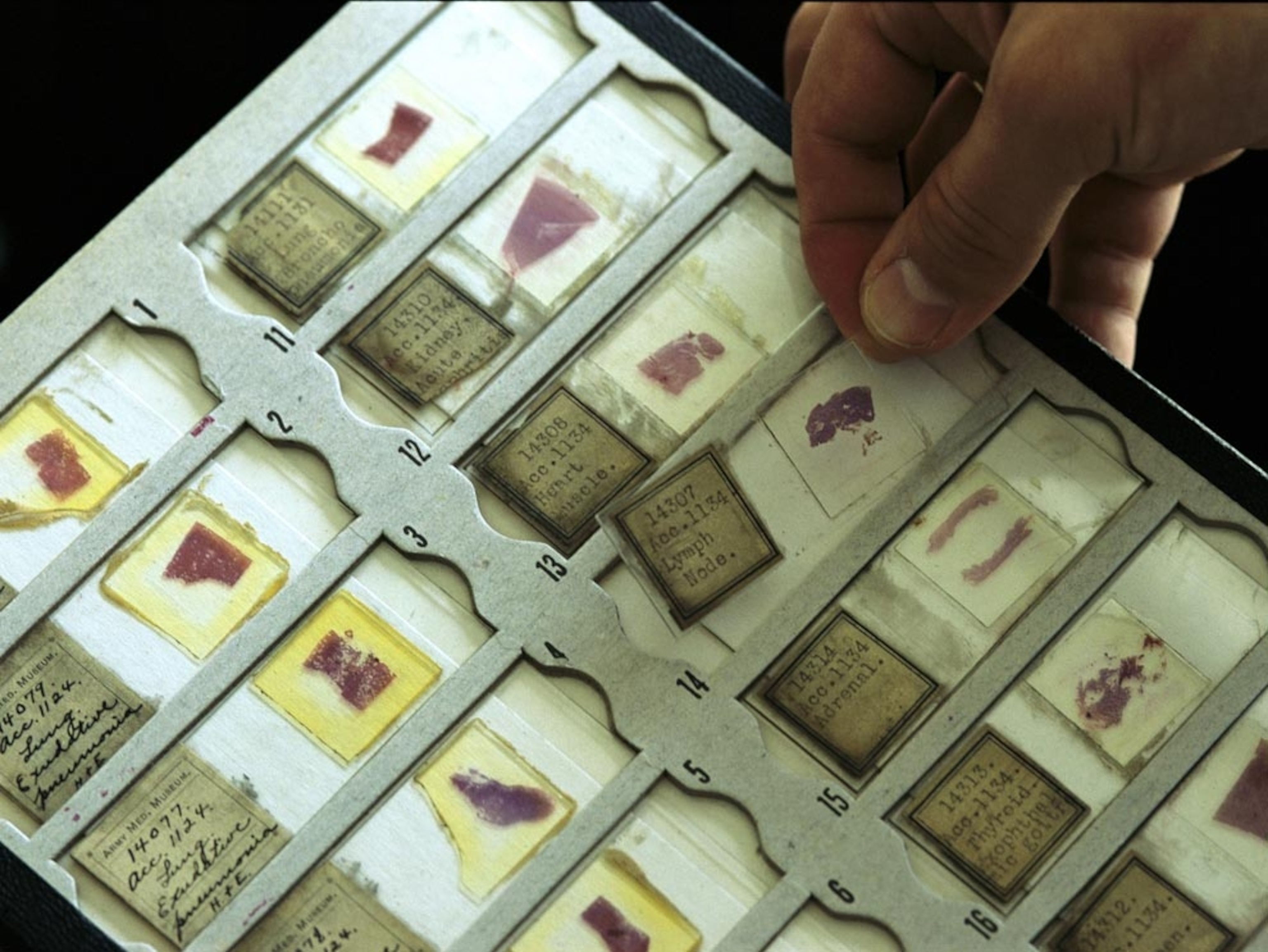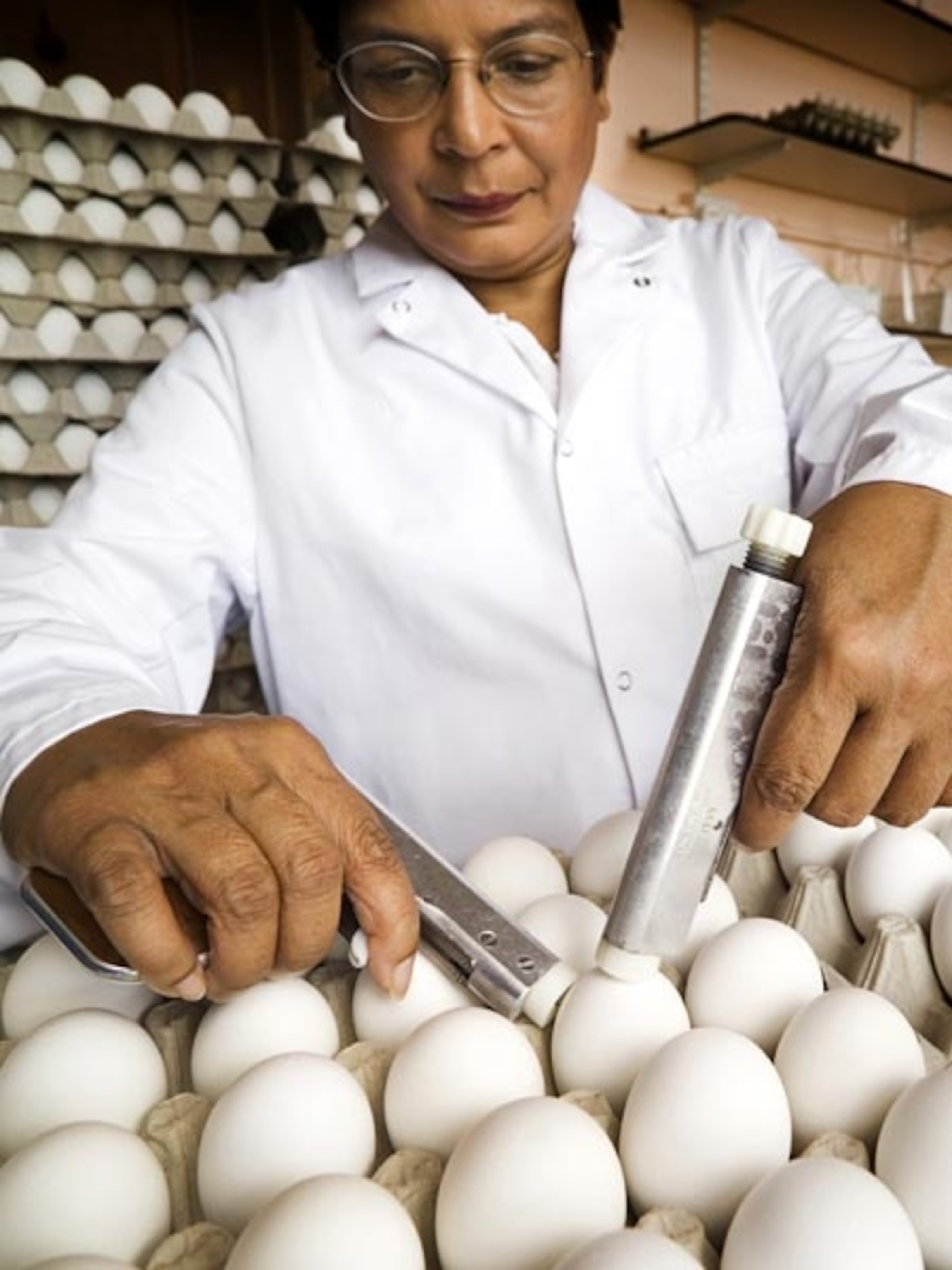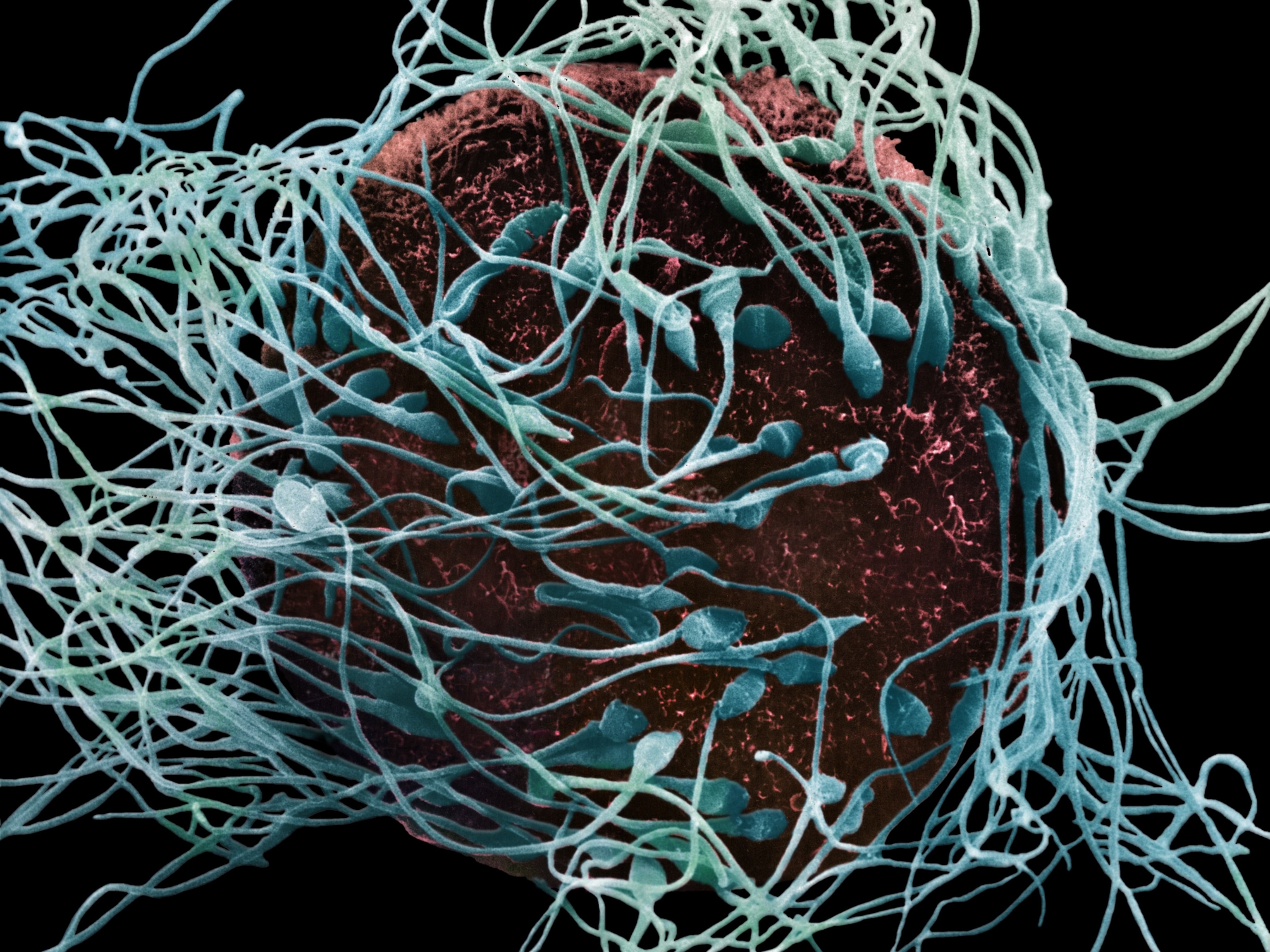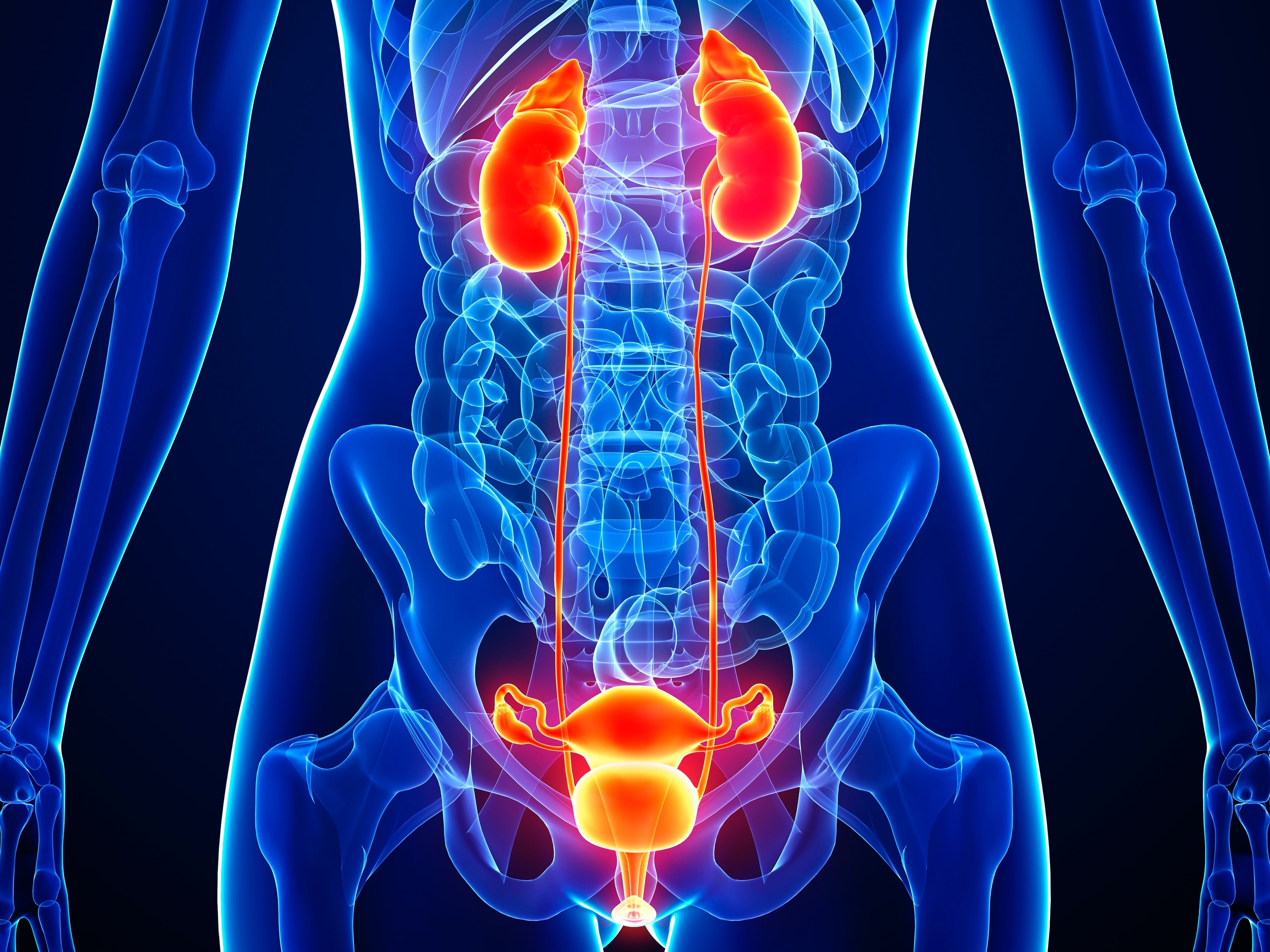
Human Sperm Has a Surprising Tail Shape We've Never Noticed Before
Using 3-D imaging, researchers have discovered a helix structure. The find could help develop drugs for male infertility, or contraception.
Ah, the human sperm. A mature male germ cell, this microscopic vessel is crucial for sexual reproduction. It looks a lot like a tiny translucent tadpole, with a head, center section, and lashing tail that help to propel it toward an egg for fertilization. A man can produce 1,500 sperm in a second, and a single discharge can contain more than 250 million sperm cells. (Related: "5 Gross and Amazing Ways Animals Deliver Sperm")
Despite all that is known about reproduction, not all of the individual cell structures that make it possible have been thoroughly studied.
"There is a lot that is known on studies that were done on protozoa," says Davide Zabeo, a doctoral student at the University of Gothenburg in Sweden, "but not much is known about human cells."
But this knowledge gap could shrink, with a new imaging technique called cryogenic electron tomography. Also known as cryo-ET, this innovative technology can zoom in on cells to capture them in 3-D. As first author on a paper employing this technique, Zabeo and his colleagues were able to study human sperm.
Their study, published in Scientific Reports, reveals a microscopic, left-handed helix structure at the tip of the sperm tail that has never been seen before. This finding could provide insights into why some seminal swimmers are more successful than others, and help to develop new drugs for infertility problems and contraception.
Cryo If You Want To
Cryogenic electron tomography combines electron microscopy with CT scans. In a cryo-ET study, a biological sample, such as a single cell, tissue, or organism, is flash-frozen. Then, the sample is thinned out and imaged with an electron microscope. Freezing the sample ensures that it stays hydrated and as close to natural as possible by the time it's studied by scientists.
"Basically, it's just defining proteins that people can isolate. We can really get a good look at something that hasn't been altered by other techniques we use," says co-author Garry Morgan of the University of Colorado, Boulder. "It's our best shot of seeing something as it would be if it were alive."
The result? Detailed, high-quality photographs of objects down to the nanometer that can be recombined to create 3-D renderings.
Without being thinned, cell bodies are actually too thick for cryo-CT. But the tapered tail of a sperm is thin enough that it can be investigated with the technique. Sperm was first tracked in 3-D in 2012, revealing that although most of the cells travel in a straight path, some have corkscrew-like trajectories and are "hyperactive" swimmers. (Related: "Sperm Recognize 'Brothers,' Team Up for Speed")
The flagellum, or tail, that drives a sperm cell is made of three distinct parts: a mid-piece that contains many energy-converting mitochondria, a "propeller" section, and a terminus at the very tip of the tail. The researchers found that the terminus, which extends about a tenth of the way down the flagellum, contains a helix-shape cell structure that winds in a left-handed spiral. (Related: "Human Sperm Gene Traced to Dawn of Animal Evolution")
Right now, it's unclear why sperm cells have this helix shape, but scientists have a few ideas. The structure may act as a cork to prevent microtubules inside the cell from growing and shrinking. It could also help channel the sperm's energy into swimming toward an egg.
Testing Technology
If the researchers can find out more about the function of this helix structure, they could conduct more studies on the mechanisms that power sperm tails. Flagella are still not completely understood on a molecular level.
Ultimately, this could potentially help solve male fertility problems, which can result when male hormone levels, genes, and environmental conditions are out of whack. In more than a third of infertility cases, the problem is with the man. (Related: "Deep-Voiced Men Have Lower Sperm Counts, Study Says")
With more research, scientists could look at the helix structures of sperm cells in infertile patients to see if they can link the function of the helix shapes to their infertility. (Related: "Space Sperm Produces Healthy Baby Mice")
These results could eventually be used to design a drug to help infertile men, or it may be able to help develop a new contraceptive method. Cryo-ET technology shows promise in the future.
"There are not many applications of the technique that have been explored yet," Zabeo says. "This shows how much can be learned and observed just by using these techniques."














